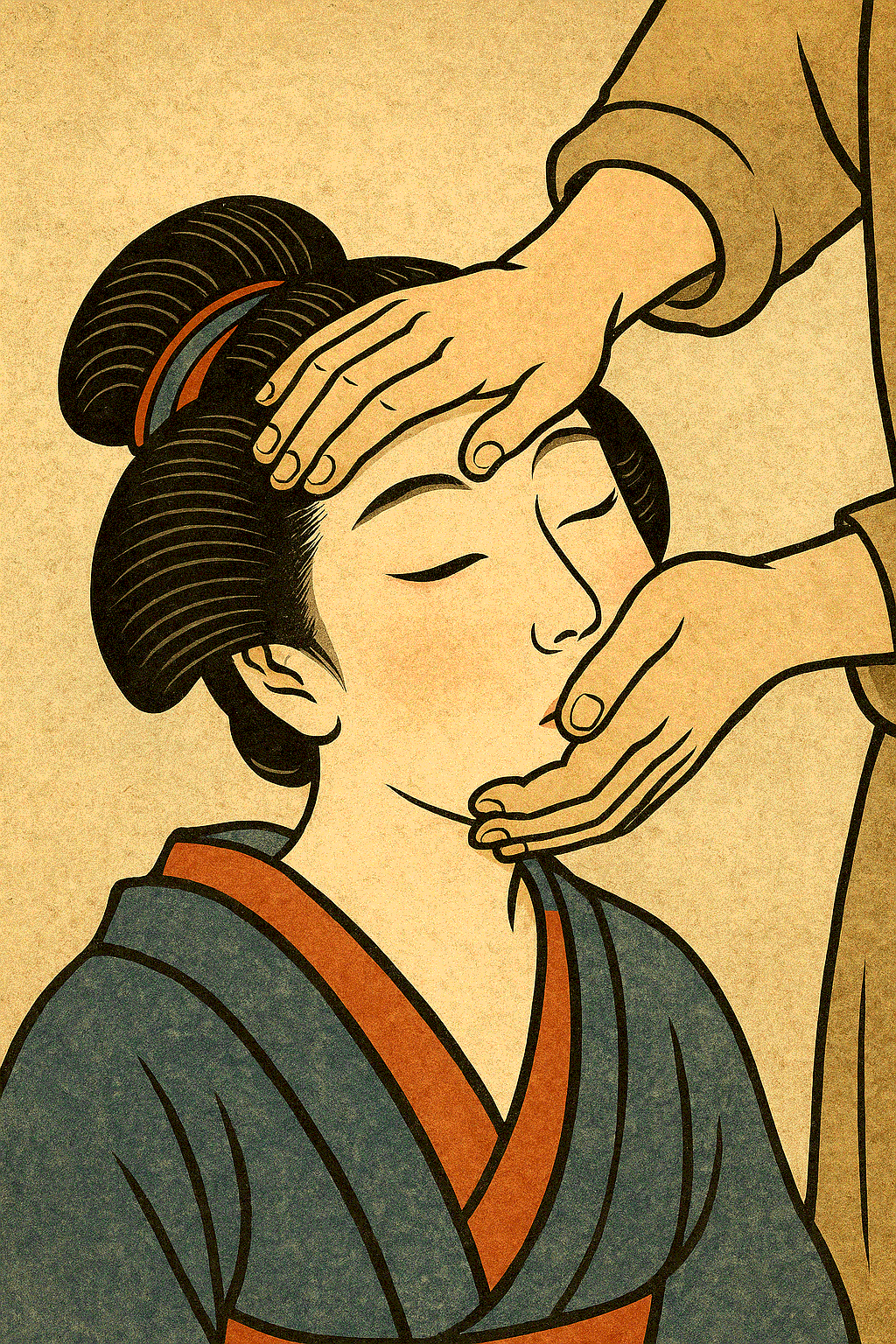Kobido Massage 101: History, Technique, Benefits & Who It’s For
Kobido is having a moment — and for good reason. The Japanese facial massage is rhythmic, precise, and deeply restorative. It blends swift sculpting strokes with feather-light touches that calm the nervous system. Clients leave lifted, less puffy, and genuinely relaxed. But what exactly is Kobido? Where does it come from? And who benefits most?
This guide explains the history, core technique, benefits and limits, and who it’s best for, plus safety notes and FAQs.
A Short History: From Anma to Kobido
Kobido grew out of Anma, Japan’s traditional massage system that predates shiatsu and Western bodywork. Anma’s principles — pressing, kneading, stroking — underpin many modern Japanese techniques. Kobido is described as a specific lineage/style of Japanese facial work that traces back centuries. Some sources place its emergence in the 15th century; a commonly cited story dates it to 1472 after a renowned demonstration of facial techniques that led to the creation of a dedicated “house” of Kobido.
What this means in practice: Kobido isn’t a random mix of strokes. It’s a codified facial tradition built on Anma’s foundations, refined and transmitted as a particular style over many generations.
What the Technique Looks Like
A classic Kobido session plays with tempo and texture:
- Lifting & sculpting strokes that follow facial anatomy (jawline, zygomatic area, cheeks).
- Percussive/tapping sequences (historically described among Anma categories) to stimulate tissues
- Gliding, kneading, and rhythmic transitions that sustain flow.
- Lymph-inspired strokes around key drainage pathways to ease morning puffiness.
Practitioners emphasize precision first, speed second: exact hand positions and angles, then increasing cadence while staying gentle.
Potential Benefits (and Their Limits)
What clients commonly report:
- A fresher look and improved facial tone right after the session.
- Less puffiness and a more defined jawline/cheek contour (often short-term).
- A profound feeling of calm and stress relief.
What the literature suggests:
- Facial massage in general can support circulation and may improve perceived tone; early imaging studies have tried to objectively track changes after massage, with preliminary but interesting results.
- Techniques akin to manual lymphatic drainage (MLD) help manage swelling in medical contexts; for beauty goals (de-puffing, short-term glow), evidence exists but is mixed and should be framed modestly.
- Consumer-friendly summaries note likely temporary aesthetic effects unless practiced consistently and paired with healthy routines.
Bottom line: Kobido can be a non-invasive way to refresh the face, support comfort, and elevate a spa experience. Expect visible, largely short-term effects that build with regular sessions and good home care — not a permanent “replacement” for medical procedures.
Who It’s Best For
- Estheticians and massage therapists wanting a signature, relaxing facial that clients book again and again.
- Clients with stress-related tension or morning puffiness who prefer a natural approach.
- People who value comfort, rhythm, and touch over tools and gadgets.
Who should be cautious: Anyone with active skin infections, unhealed injuries, or recent procedures should consult a qualified professional first. When in doubt, get medical clearance — especially if a condition affects lymph flow or skin integrity. (General lymphatic-massage guidance from clinical sources applies.)
Session Flow at a Glance
- Intake & prep: skin assessment, cleansing, light slip medium.
- Warm-up & mapping: gentle strokes to read tension and tissue response.
- Core sequence: lifts, sculpting paths, percussive accents, transitions.
- Lymph-inspired work: de-puffing focus along natural drainage routes.
- Calming finish: slower tempo to consolidate results and promote relaxation.
Kobido vs. Other Facial Methods (Quick Compare)
- Gua Sha / rollers: tool-based, can assist drainage and relaxation; effects are often temporary and technique-dependent. Kobido is hands-only and choreographed, which some clients find more immersive.
- Device-heavy facials (e.g., microcurrent): can complement Kobido but feel very different; Kobido prioritizes touch, rhythm, and comfort.
What Results to Expect
- Immediately: softened tension, brighter look, modest de-puffing, “lifted” feel.
- Short term (days): effects taper without continued care.
- Ongoing: with routine sessions and home care, clients often notice better baseline tone and relaxation.
Keep expectations realistic: it’s a skillful, natural method with incremental gains, not a surgical substitute.
